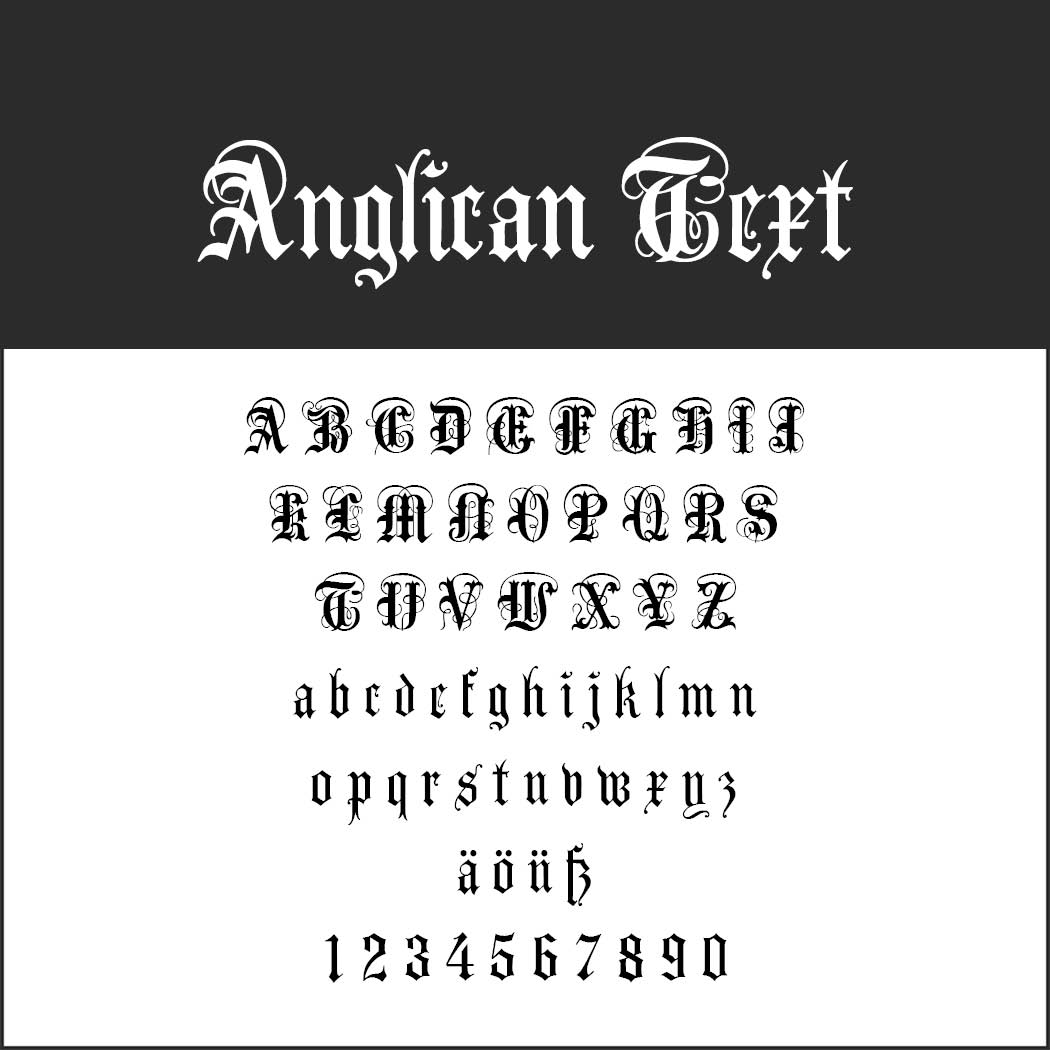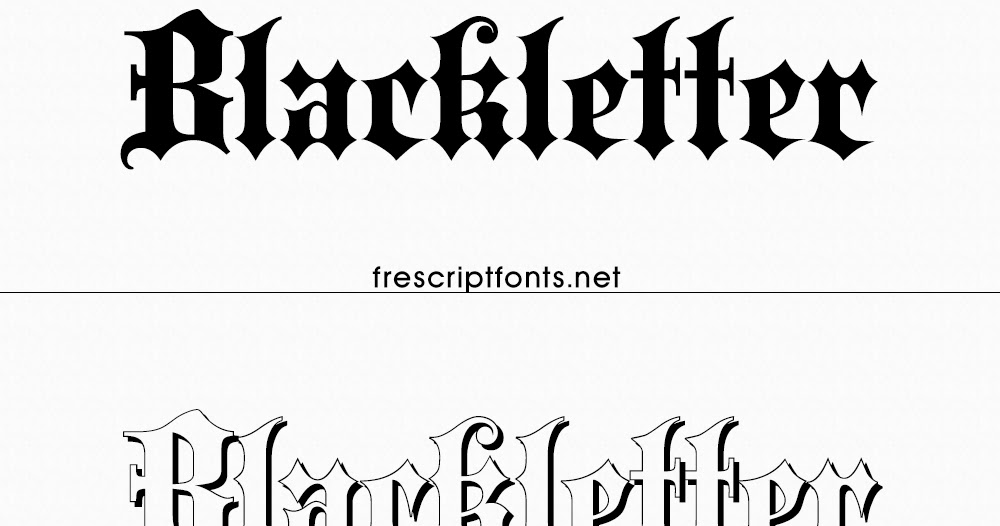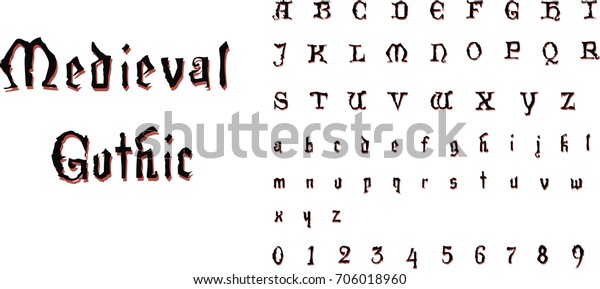

“ Pfeffer Simpelgotisch” will be a Blackletter (i. e. However, both of them won’t be faithful copies of historic typefaces, but rather their ideal images. The two fonts currently in development are typefaces of the European middle ages. Up next, a brief description of the various categories: Latin Alphabet Two fonts regarding the Latin alphabet are at a planning stage. Currently, there are several fonts available covering the Gothic alphabet, one of them also containing the Runic one. O N the following pages you’ll find some fonts designed by me that can be downloaded and used freely for non commercial purposes. The runes of “ Pfeffer Mediæval” shall become slightly rounder, as this font will be a hand written carolingian minuscule.Dear friends and users of old German and Germanic philology fonts! According to their original purpose of being scribed rather than written, this font’s runes have straight branches. “ Skeirs” covers the complete Runic character set provided by the Unicode system, apparently depicting an effort to harmonise several runic alphabets in a space saving manner. Runes have been in use from the second century up to the fifteenth century in parts of Scandinavia, while in Germany they already disappeared in the course of christianisation. Its origin remains unexplained up to the present day probably the runes have been developed by Germanics on the basis of Latin or Italo-Etruscan letters. The runic alphabet is the Germanic people’s oldest writing system. This font doesn’t distinguish between upper- and lowercase letters the Latin majuscule, the Latin minuscule and the Gothic range are equally mapped with the single set of Gothic characters.įinally, my carolingian minuscule “ Pfeffer Mediæval” shall, as mentioned above, include a Gothic character set as well. “ Midjungards” is a font I’ve made for enthusiasm and for the fun of it, following the style of J. R. R. Again, It includes upper- and lowercase letters. “ Skeirs” on the contrary depicts a sans serif font intended above all for screen display. By using the Gothic keyboard layouts offered at this site, upper- and lowercase letters can be typed in the usual way. In addition to the historic majuscules, I’ve added minuscules derived from those. “ Ulfilas” is a serif font designed to satisfy modern typography’s requirements. It is modelled on the uncial script of the Codex Argenteus. If anything, “ Silubr” is probably the most original typeface, though. Again, the fonts of this category aren’t mere reproductions of the historic originals. The difference to the older variants (Σ-style) lies in the younger model’s S being equal to the latin one, while the S of the older variants resembles the Greek sigma. The fonts offered here lean on the younger model of Gothic script (S-style) as it appears in the Codex Argenteus. for the purpose of translating the bible into Gothic.

It is rather about the script of the ancient Goths, invented by Visigoth bishop Wulfila in the fourth century A.D. The Gothic or wulfilan alphabet has nothing to do with the medieval gothic script.


A Gothic and a Runic set will be included again. “ Pfeffer Mediæval” on the contrary shall become a Carolingian Minuscule, standing out rather due to its vast range of glyphs than due to sophisticated OpenType usage. the script of the gothic age) held very simple and making intensive use of the so called OpenType Features, above all of the automatic glyph substitution. Dear friends and users of old German and Germanic philology fonts!


 0 kommentar(er)
0 kommentar(er)
